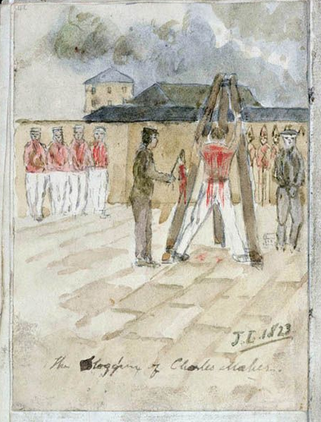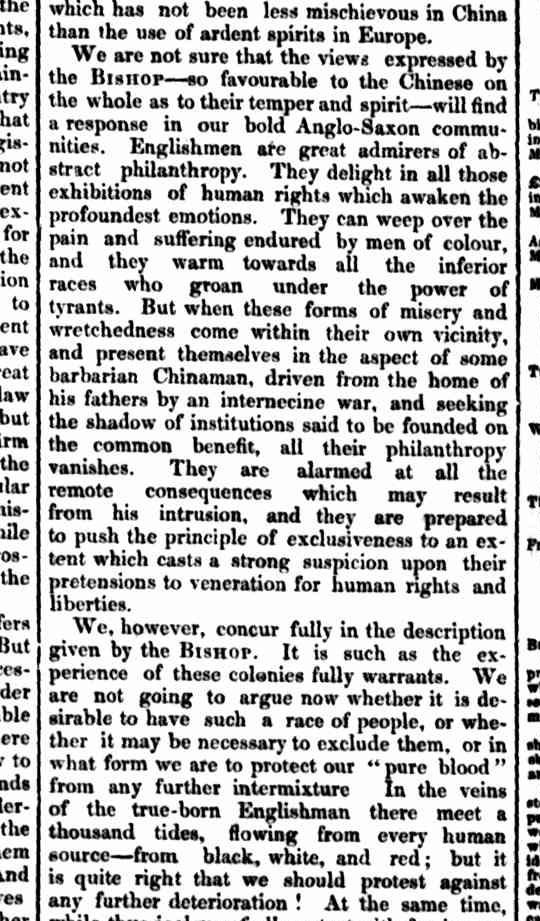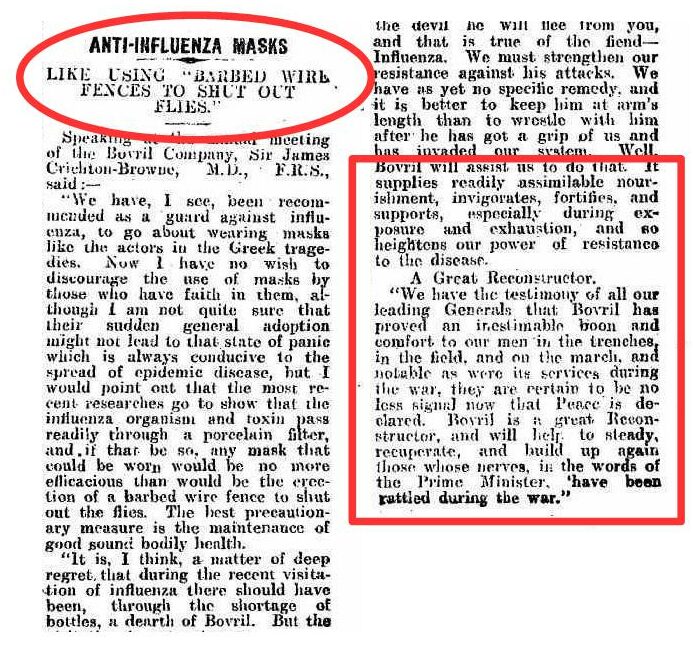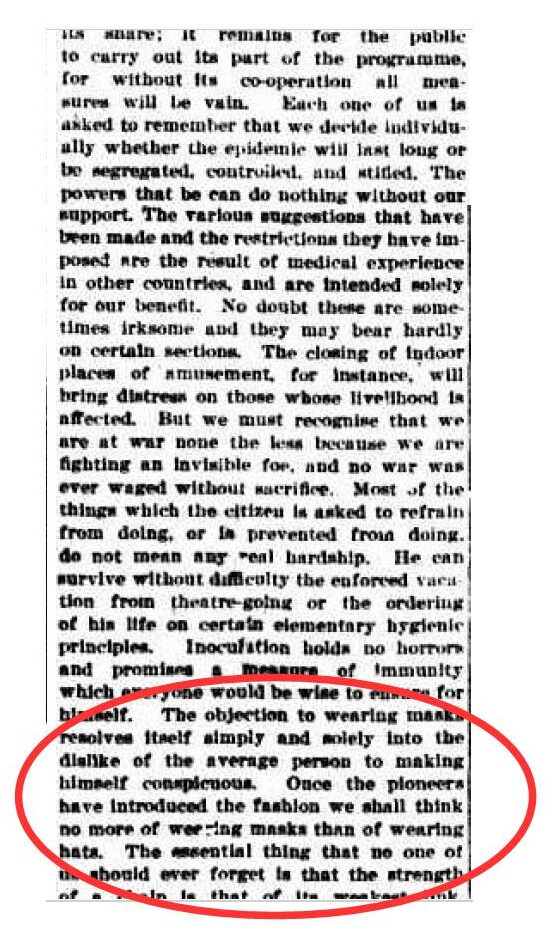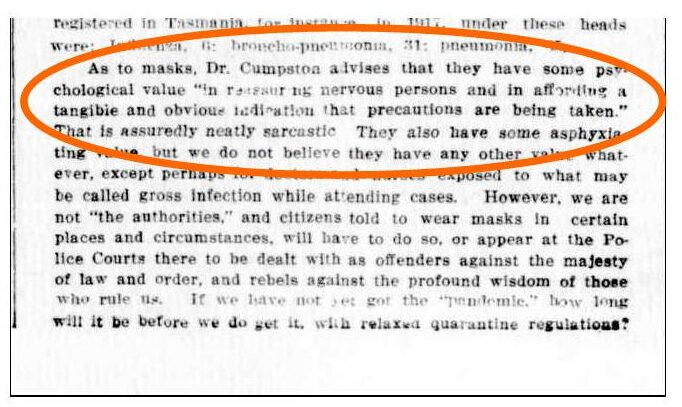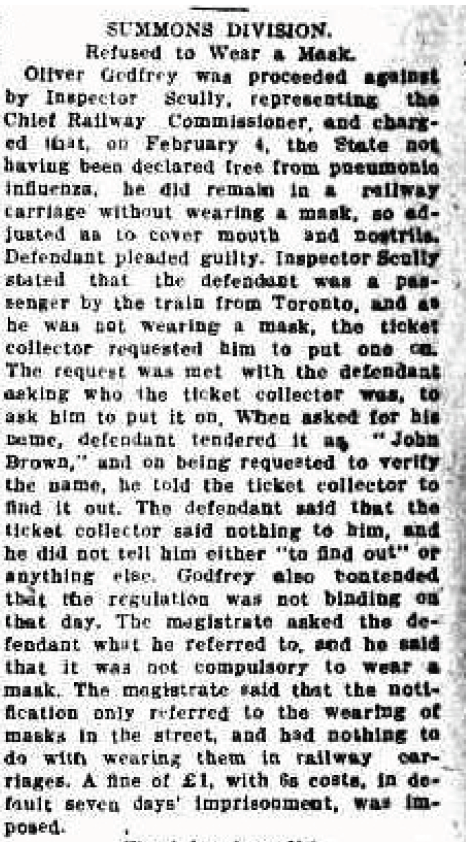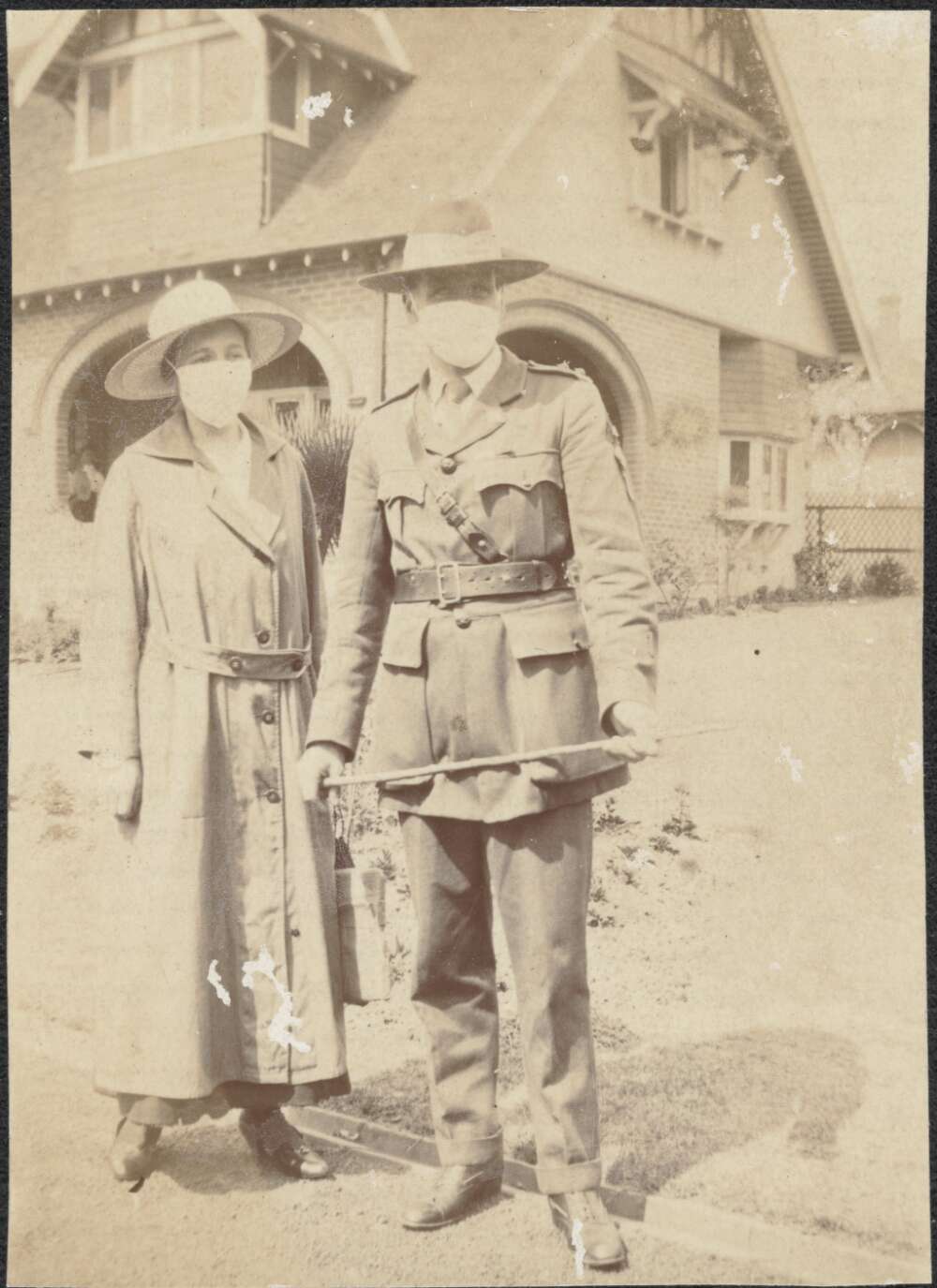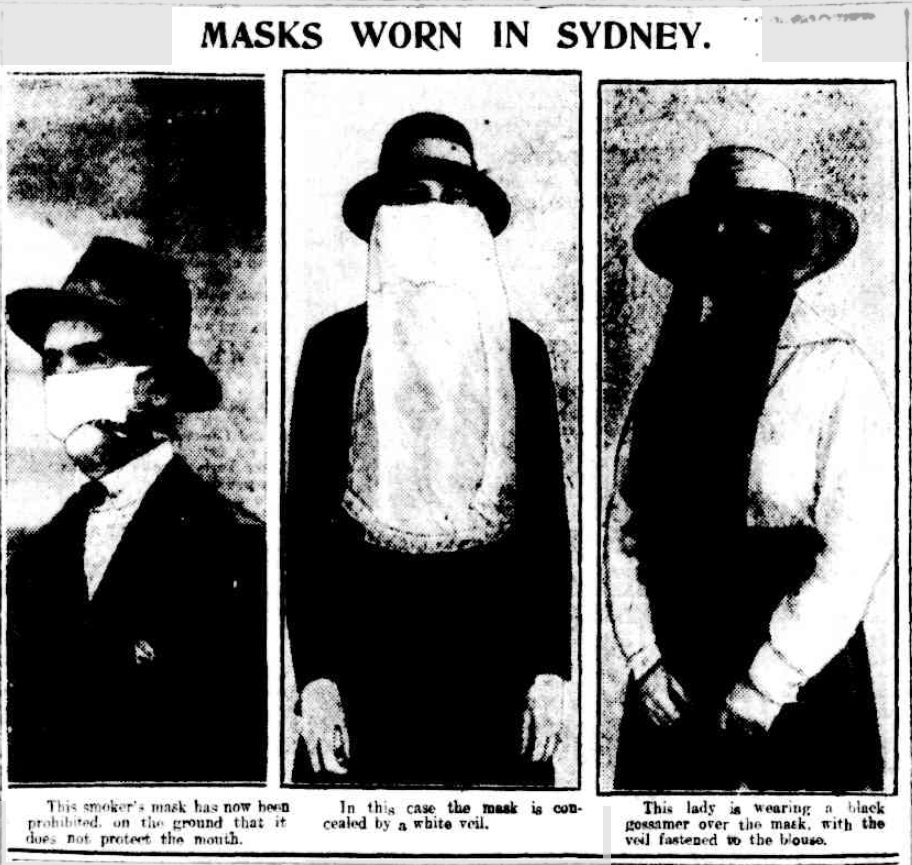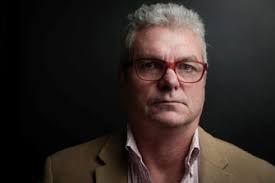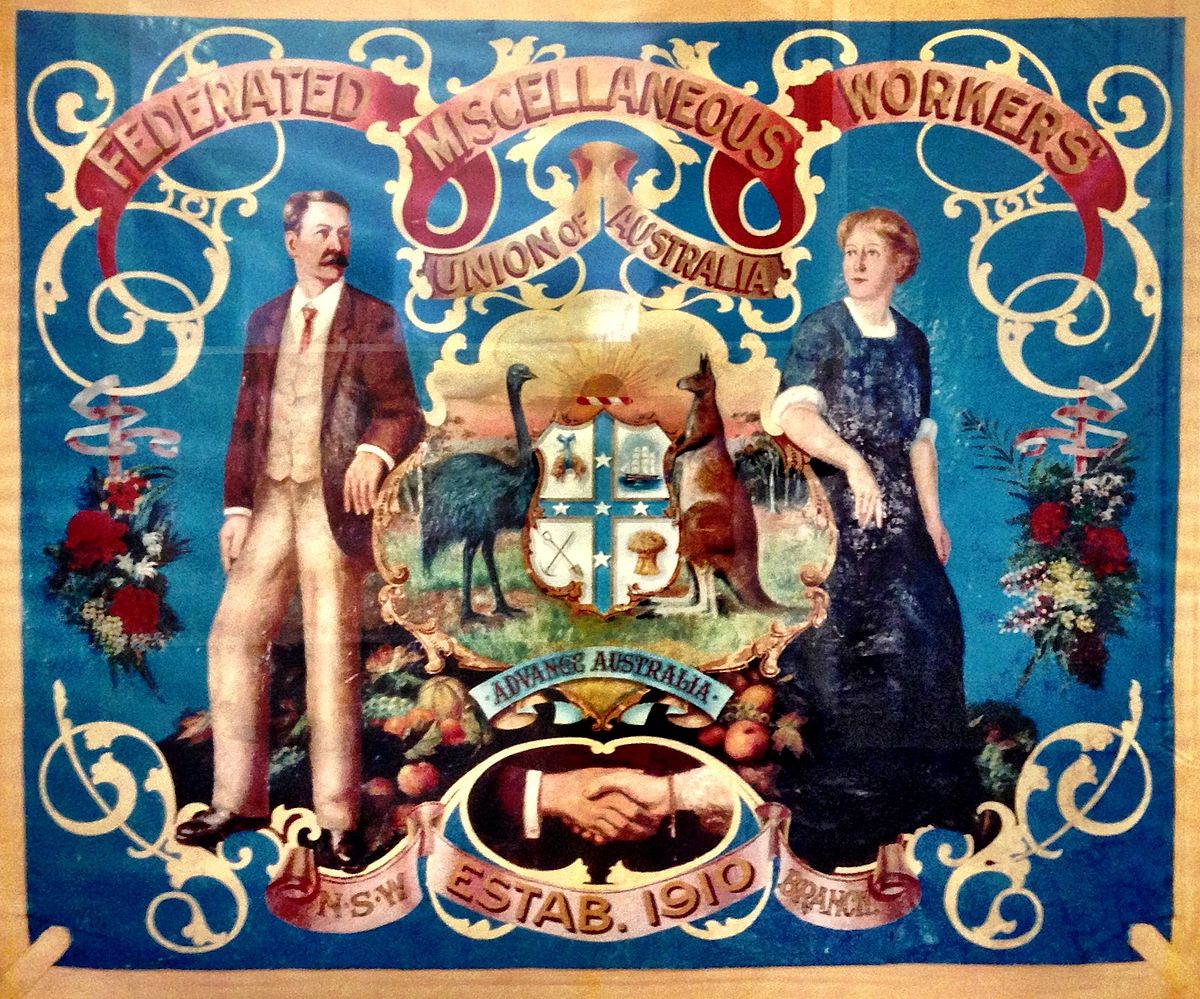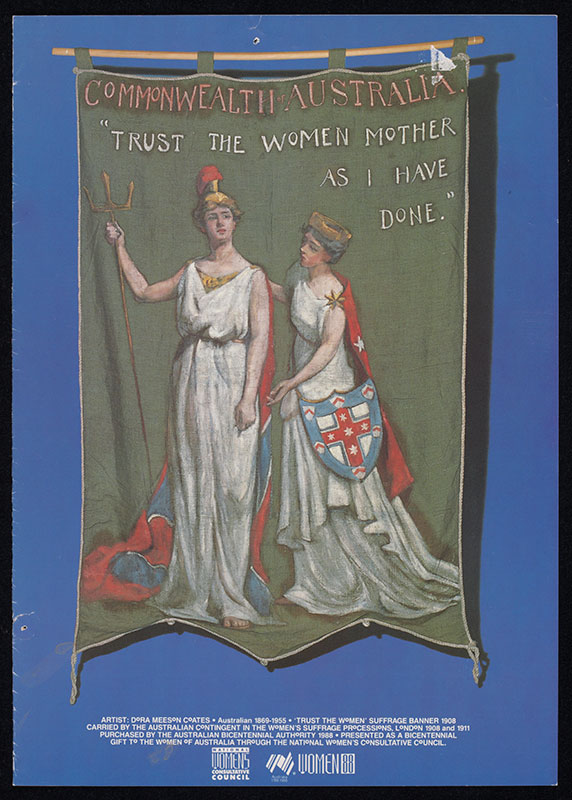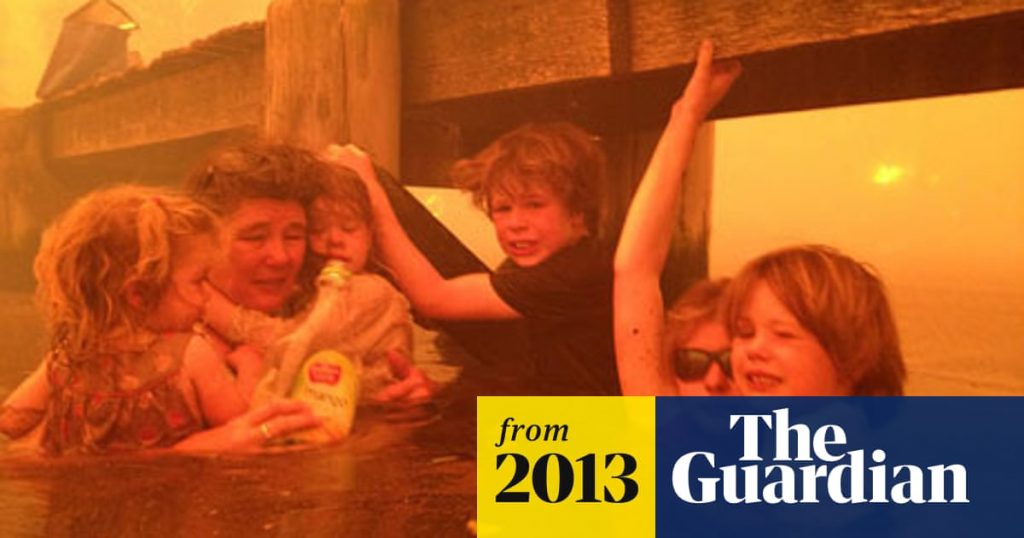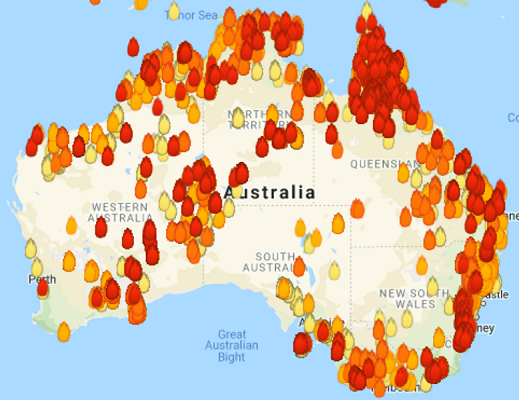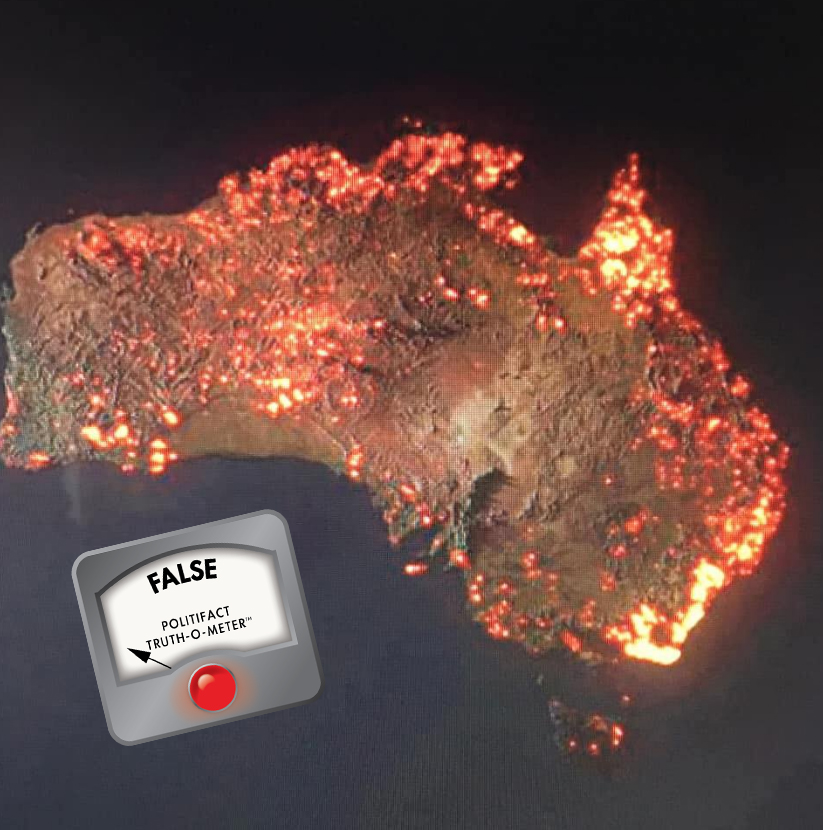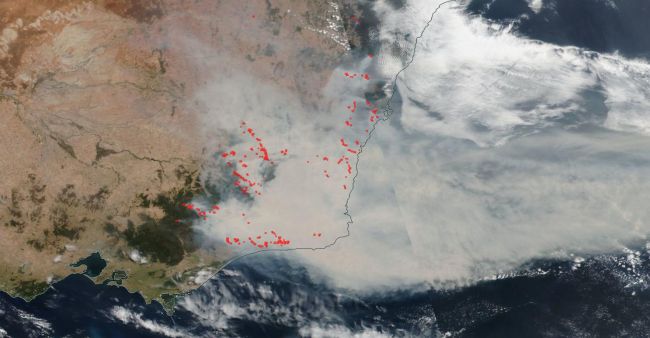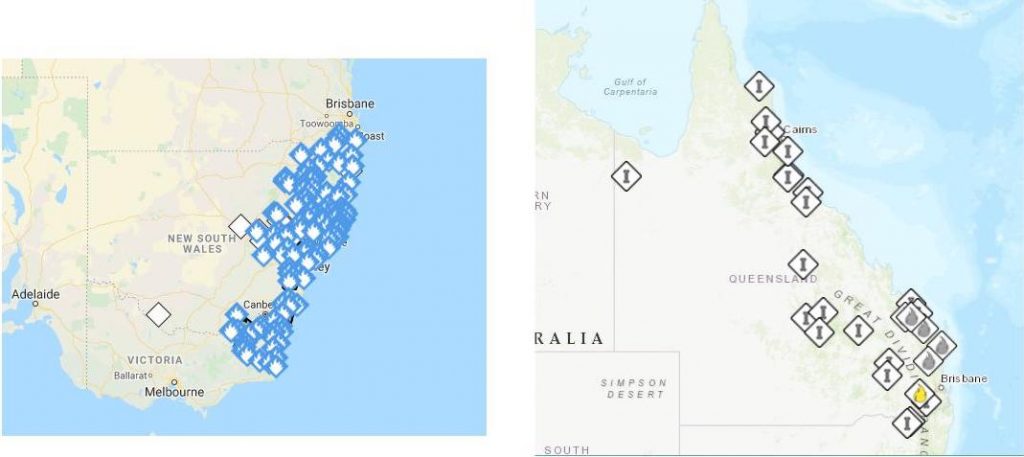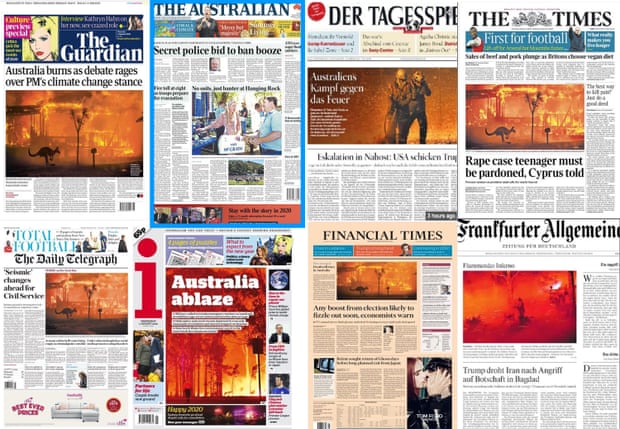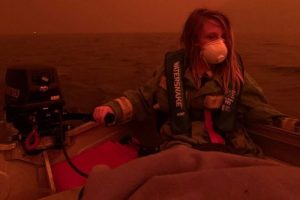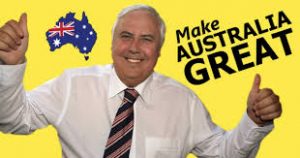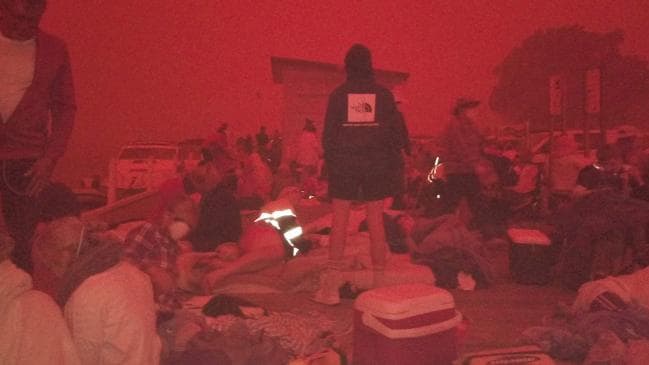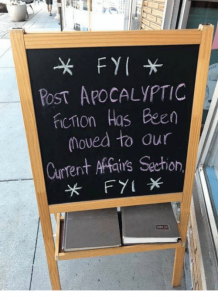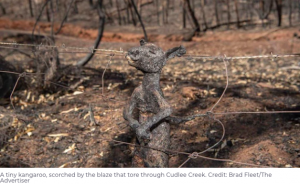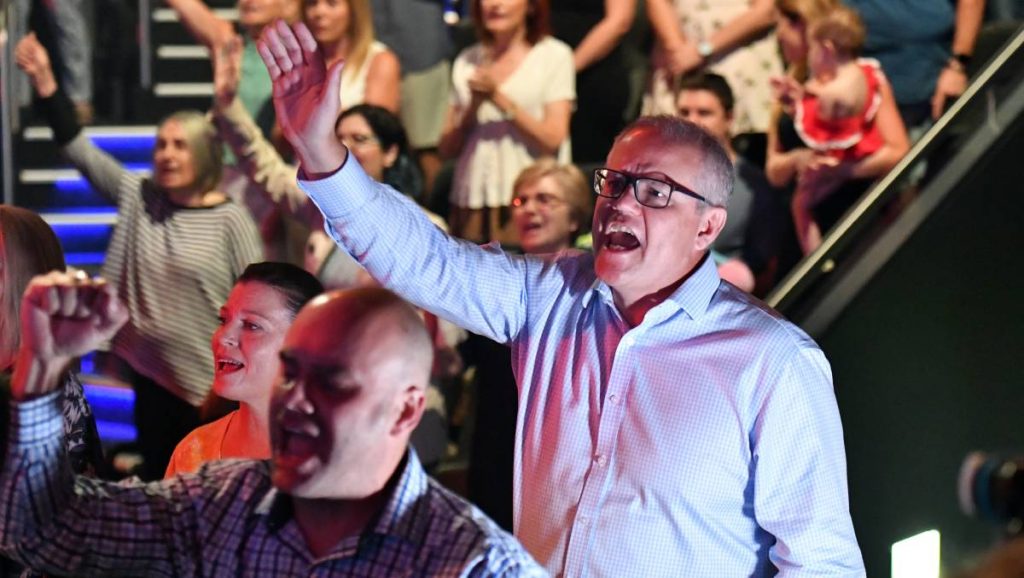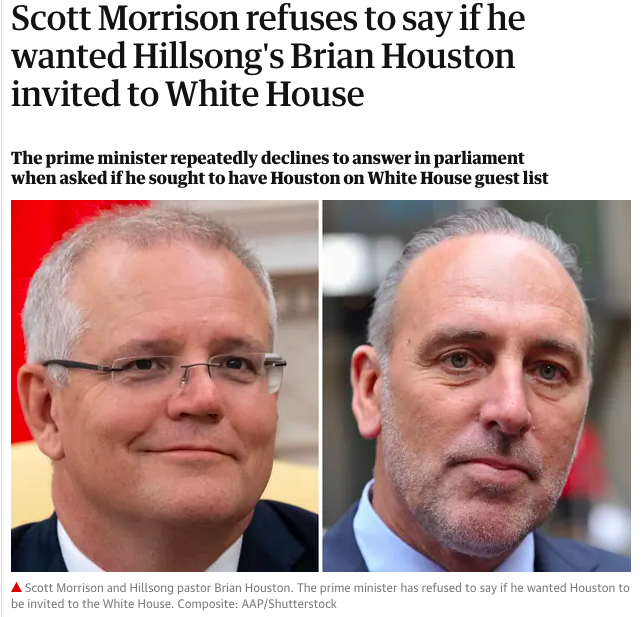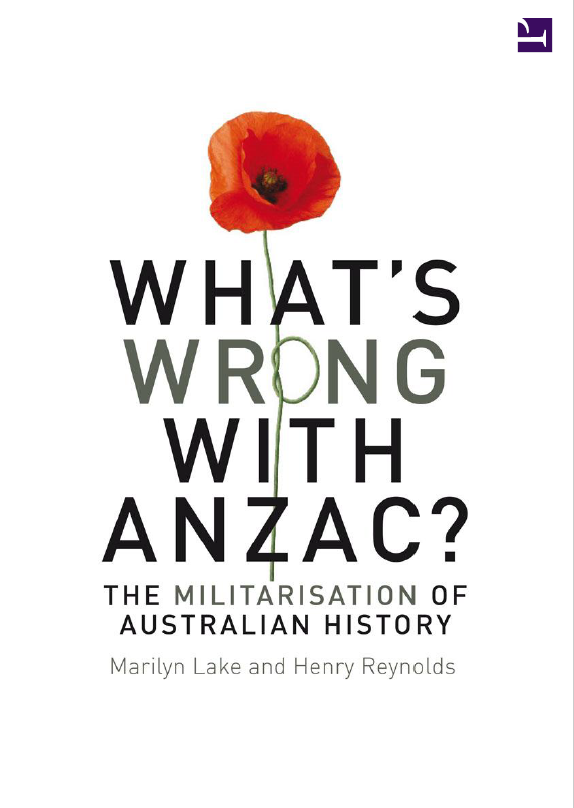This is a parochial post. It concerns only my little corner of the world. I have liked to think of myself as an internationalist, one who has surpassed all attachment to the accident of the place of his birth, but in my more honest moments I know I still have a special attachment to Australia, for all its ugliness and outbreaks of inhumanity.
So this post is an outline of a discussion among various prominent persons that I watched on the Australian Broadcasting Commission’s free-to-air TV program The Drum last Friday, 29th March 2019. The discussion was initiated by Australian government’s decision to inject massive amounts of money into extending Australia’s War Memorial in our national capital city, Canberra. A key participant in the discussion was Professor Marilyn Lake of the University of Melbourne. I liked just about everything she said. She expressed so very much of what had been bugging the back of my mind for years now — what appears to me as a steadily growing nationalistic focus on war and the warrior as core to Australia’s identity.
Lake spoke of the “excessive militarisation of Australian history” over the last twenty years. Yes. Lake was speaking of the government investment in raising war consciousness among Australians, in museums, in the War Memorial, in the new war centre in France, and even the Department of Veteran Affairs’ supply of study guides for schools! (As Lake suggested, curriculum materials should surely be the responsibility of the education department.) Further, we have seen books and films promoting Australia’s warrior history over that same time.
But only the last 20 years? Certainly 20 years ago we saw Prime Minister Keating push to Australia’s consciousness the historic significance of the Kokoda Track campaign in New Guinea in order to delay the Japanese advance towards our homeland. As a boy I had been impressed by the story of the Kokoda episode but I had never heard it promoted to a place of greater significance, for Australia’s identity, than Gallipoli. The context was the political led push for Australia to become a republic. To break all ties with the British monarchy. But after Keating came Howard and a return to all ties British.
Australian nationalism would seem to be inseparable from war, beginning with Gallipoli. That has certainly been the dominant official message for some decades now. But what might be the alternative?
Here Marilyn Lake reminded me of all those history lessons I had endured in junior high school. I had not fully appreciated them at the time but I have been glad many times since that I had them.
The question Lake was answering was something like “What is the Australian story, the so-called radical social democratic experiment, before World War 1?”
The Australian story, pre-WW1 – the social democratic commitment to the common good.
A long list of social and political legislation begins in the nineteenth century:
- Manhood suffrage
- Secret ballt
- Eight hour day
- First legal minimum wage (Victoria, 1896)
- A basic living wage (the Higgins judgment in 1907)
- Old age pensions
- Invalid pensions
- Maternity allowance
And these things were paid for out of general revenue. One did not have to “put in” to “get out” as one did in places like Britain and Germany.
Justice Higgins said at the time that Australia was torn between two ideals: the common good and private greed. (What has changed? In what direction?)
This was the social democratic commitment to the common good.
Yes, there was an ugly side. All of these historic developments were framed by the White Australia Policy — the official policy that excluded non-whites from migrating to Australia to live.
But notice what was happening within.
Women of all backgrounds, and aboriginals and migrants and even earlier Asian migrants and their descendants all participated in extending that founding vision of democracy to much broader one, not just to white males but to include ALL persons.
Schools would do well, for example, to include in Australia’s history the story of aboriginal activism. How many Australians today even know about the Australian Aboriginal Progressive Association formed in the 1920s to push for full citizenship of aboriginals and their land rights.
We need to know the stories of a whole range of people demanding that our nation become more inclusive.
World War 1 —
World War 1, says Marilyn Lake, “broke Australia’s soul”. We know the stats. Out of a population yet not 5 million, 60,000 dead and nearly a half million wounded, gassed or imprisoned. And not the experience of the aboriginals: fought and died alongside whites in the trenches and then when returned to Australia were treated as non-citizens of no account.
Another comparison with the United States
Nearly a month ago I wrote Australia and the United States – Interesting Comparisons
The United States, observes Lake, are devoted to Freedom (e.g. freedom to own guns), but wea in Australia are more devoted to Fairness, equality of opportunity, — the Civil Rights movement took this Freedom narrative on board. But Australians were demanding equality, not freedom.
Note the American historian Eric Foner.
The alternative story
Though all of this was happening within a “White Australia” it gave a platform for other groups — women, aboriginals, Chinese Australians — to also demand equality or fairness and would become the Australian story of how we sould achieve that ideal of equal citizenship. Women of all backgrounds, and aboriginals and migrants and even earlier Asian migrants and their descendants all participated in extending that founding vision of democracy to much broader one, not just to white males but to include ALL persons.
We need the stories of activism of all these oppressed groups and how they struggled to gain their rights in Australia.
Mention was made of Rebecca Huntley who said that the (relatively recent) global financial crisis precipitated an intensified desire for government to be activist and reformist in the interest of fairness.
Vida Goldstein visited the United States and people from around the world flocked to see this Australian experiment.
Yet how many in Australia know William Cooper‘s story — the only aboriginal to protest Nazi Germany?
Or Pearl Gibbs and Margaret Tucker, aboriginal women who fought for equality?
Vital references:
Australia Fair: Listening to the Nation ((Rebecca Huntley)
Birth of a nation: how Australia empowering women taught the world a lesson
Mapping the massacres of Australia’s colonial frontier
Like this:
Like Loading...
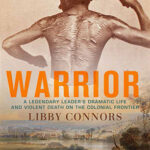 (I’ve referenced Libby Connors before …. see my post, Where None Shall Hunger. I quoted from her historical research published as Warrior — a book that opened my eyes to many aspects of the lives of the Aboriginal people who were once at home in the region where I now live.)
(I’ve referenced Libby Connors before …. see my post, Where None Shall Hunger. I quoted from her historical research published as Warrior — a book that opened my eyes to many aspects of the lives of the Aboriginal people who were once at home in the region where I now live.)
